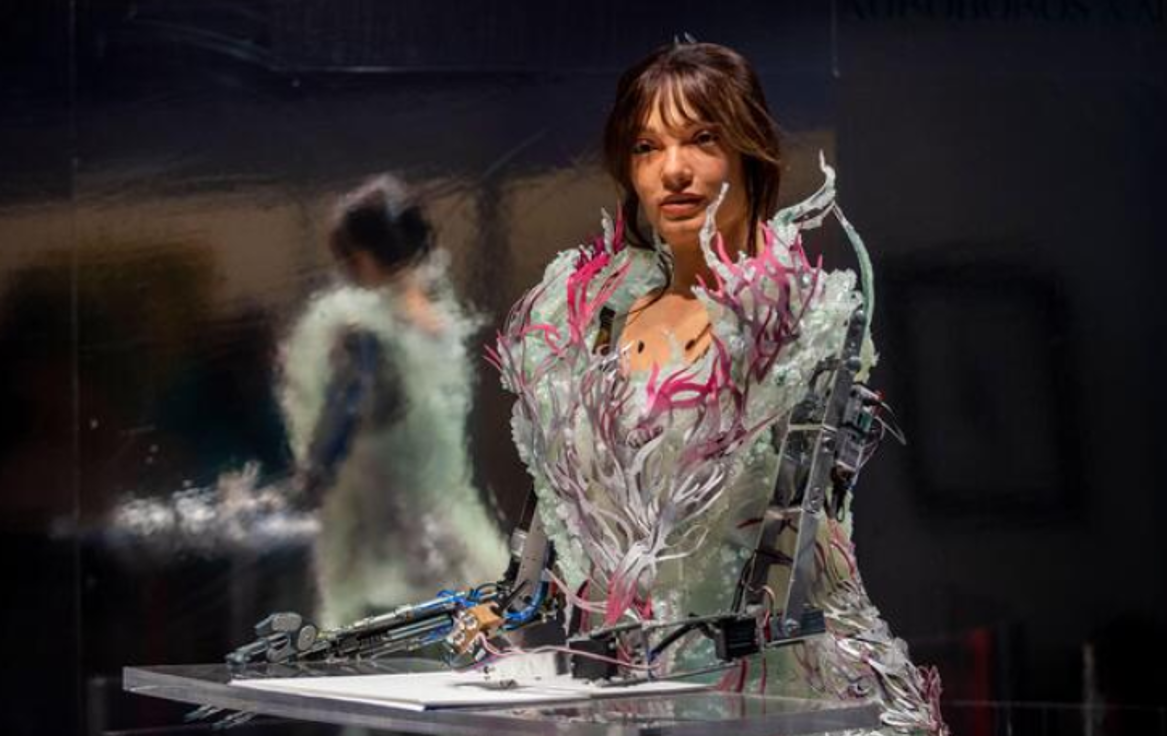Art Without a Soul? Ai-Da, the Robot Artist, and the $1 Million Question
Is robot-made art truly creative expression, or merely technical mimicry?

In a dramatic moment at Sotheby’s, a portrait of the legendary mathematician Alan Turing created by Ai-Da, a humanoid robot, sold for an astonishing $1.08 million. The artwork, titled A.I. God, was heralded as a breakthrough—a marker of AI’s arrival on the art scene, a “first” in the world of robot-generated masterpieces. But is it truly art, or is it a cleverly orchestrated performance of technological prowess?
Ai-Da, the world’s first ultra-realistic robot artist, is undeniably an engineering marvel. Programmed with advanced algorithms, equipped with cameras for eyes, and possessing a robotic arm capable of producing sketches and paintings, Ai-Da does everything expected of a highly trained artist—except, perhaps, the most important part. Art is where words fail; it begins where human experience, emotion, and ineffable meaning go beyond our capacity to describe. Can a machine, devoid of personal experience, memory, or feeling, create anything that genuinely resonates?
Aidan Meller, Ai-Da’s creator, sees the work as thought-provoking, meant to spark ethical conversations about AI’s future. But how thought-provoking can a conversation be when the speaker is not aware of its own words? Ai-Da may be able to replicate artistic styles, colors, and tones, but is it merely imitating what it “sees” without true perception? While Turing himself warned of the ethical dilemmas that would accompany AI’s rise, would he have seen his own likeness recreated by a machine as an achievement—or a stark warning?
Many have praised Ai-Da’s work for pushing the boundaries of art and technology, yet a crucial question lingers: If art expresses what cannot be spoken, what happens when the creator has nothing to say? Without the depth of personal experience, the “art” Ai-Da produces may be little more than an advanced technical exercise, an echo of something human rather than the real thing.
As the art world marvels at this technological breakthrough, we must consider the consequences. Art created by a machine can imitate, surprise, even sell for millions—but can it feel? And if not, what are we truly buying into? The story of Ai-Da might represent a milestone, but it also raises a question more urgent than any sale price: is this the future we want for art?
ART Walkway News





